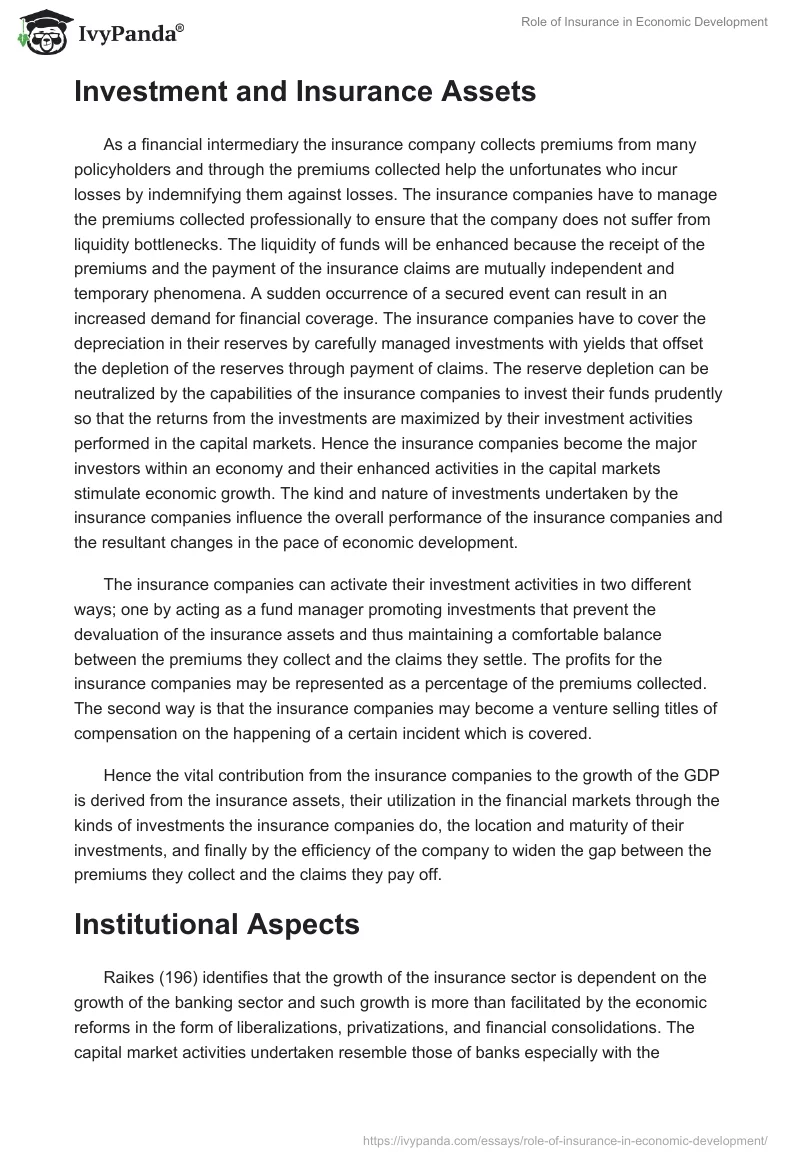Fascination About Pacific Prime
The Ultimate Guide To Pacific Prime
Table of Contents4 Simple Techniques For Pacific PrimeThe Definitive Guide to Pacific PrimeThe 4-Minute Rule for Pacific PrimeThe 8-Second Trick For Pacific PrimeHow Pacific Prime can Save You Time, Stress, and Money.

This is because the information were accumulated for a period of solid economic performance. Of the approximated 42 million people that were uninsured, just about about 420,000 (regarding 1 percent) were under 65 years of age, the age at which most Americans end up being eligible for Medicare; 32 million were adults in between ages 18 and 65, around 19 percent of all grownups in this age; and 10 million were kids under 18 years old, concerning 13.9 percent of all kids (Mills, 2000).
These price quotes of the variety of persons without insurance are produced from the yearly March Supplement to the Existing Population Survey (CPS), conducted by the Census Bureau. Unless otherwise kept in mind, nationwide price quotes of individuals without medical insurance and percentages of the populace with various kinds of protection are based upon the CPS, one of the most widely made use of source of estimates of insurance policy protection and uninsurance rates.
5 Simple Techniques For Pacific Prime

Still, the CPS is specifically beneficial since it creates yearly quotes relatively rapidly, reporting the previous year's insurance protection approximates each September, and since it is the basis for a consistent collection of quotes for greater than 20 years, permitting for evaluation of patterns in coverage over time. For these factors, in addition to the comprehensive use the CPS in various other studies of insurance policy coverage that are presented in this record, we rely upon CPS estimates, with constraints noted.

The quote of the variety of uninsured individuals expands when a populace's insurance coverage status is tracked for a number of years. Over a three-year duration beginning early in 1993, 72 million individuals, 29 percent of the united state populace, were without coverage for a minimum of one month. Within a single year (1994 ), 53 million individuals experienced at the very least a month without coverage (Bennefield, 1998a)
6 out of every ten without insurance adults are themselves used. Although functioning does enhance the possibility that and one's relative will have insurance, it is not an assurance. Also members of family members with two permanent breadwinner have nearly a one-in-ten chance of being without insurance (9.1 percent without insurance rate) (Hoffman and Pohl, 2000).
Rumored Buzz on Pacific Prime
New immigrants account for a considerable percentage of individuals without medical insurance. One evaluation has actually connected a significant part of the recent development in the dimension of the united state without insurance population to immigrants who arrived in the country between 1994 and 1998 (Camarota and Edwards, 2000). Current immigrants my sources (those that involved the USA within the past four years) do have a high price of being without insurance (46 percent), yet they and their children account for just 6 percent of those without insurance nationally (Holahan et al., 2001).
The connection between medical insurance and access to care is well established, as documented later in this chapter. Although the connection between medical insurance and health and wellness end results is neither straight neither basic, an extensive medical and health services research literary works web links wellness insurance policy coverage to improved access to care, far better top quality, and boosted personal and population health standing.
Degrees of analysis for analyzing the results of uninsurance. This conversation of health and wellness insurance protection focuses mostly on the U.S. populace under age 65 since practically all Americans 65 and older have Medicare or various other public protection. It focuses especially on those without any wellness insurance for any length of time.
Pacific Prime Can Be Fun For Anyone
The issues dealt with by the underinsured are in some aspects similar to those faced by the uninsured, although they are typically less severe. maternity insurance for expats. Uninsurance and underinsurance, nevertheless, include definitely different plan concerns, and the methods for resolving them may differ. Throughout this research and the 5 records to comply with, the main focus gets on individuals with no health and wellness insurance and hence no aid in spending for health care past what is offered through charity and safeguard establishments
Health insurance coverage is an effective factor influencing invoice of treatment due to the fact that both people and physicians respond to the out-of-pocket rate of services - https://www.anyflip.com/homepage/fcter#About. Medical insurance, nonetheless, is neither needed nor sufficient to access to clinical services. Nevertheless, the independent and direct result of wellness insurance coverage on accessibility to health and wellness services is well established.
Others will get the healthcare they need also without health and wellness insurance, by paying for it expense or seeking it from carriers who supply care complimentary or at very subsidized rates. For still others, medical insurance alone does not make certain receipt of treatment because of various other nonfinancial obstacles, such as a lack of healthcare companies in their community, restricted access to transportation, illiteracy, or linguistic and social differences.
The 2-Minute Rule for Pacific Prime
Formal research regarding without insurance populations in the United States dates to the late 1920s and very early 1930s when the Board on the Cost of Healthcare created a series of reports regarding financing physician workplace sees and hospital stays. This issue came to be significant as the varieties of clinically indigent climbed up during the Great Depression.